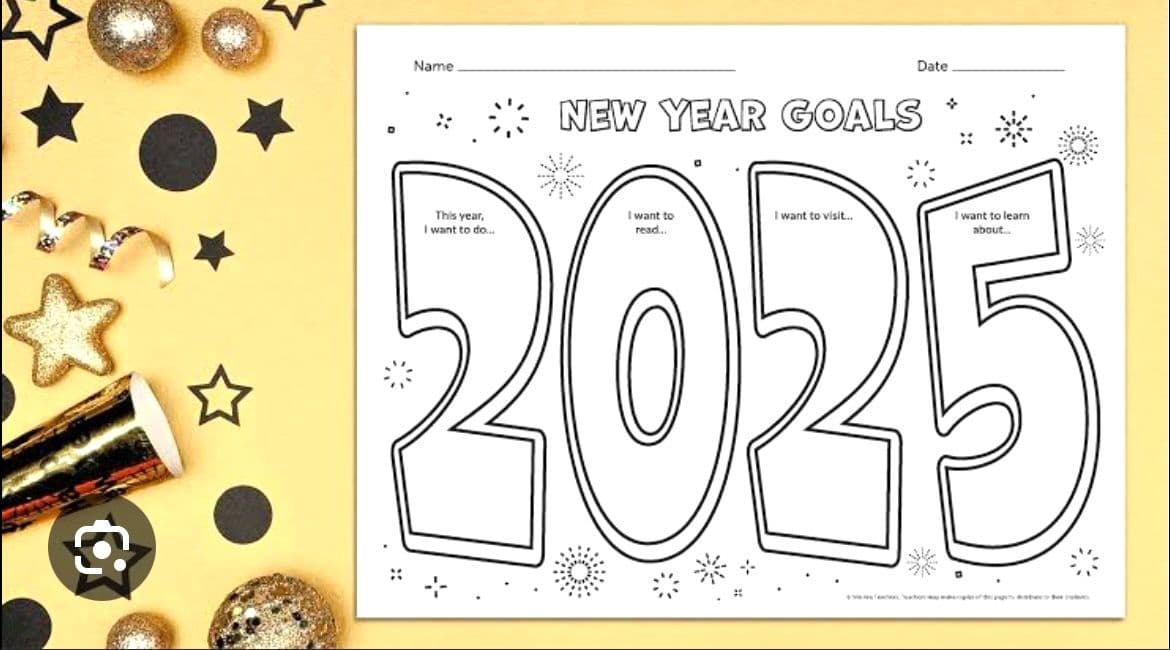New Year, New Goals: How to Build a Coding Roadmap for Kids
Nkechi
1/6/2025

The start of a new year is always a great time to set fresh goals and plan for growth, and this applies to kids learning to code as much as it does to adults working on their resolutions. As technology continues to shape the future, teaching children how to code is no longer just a fun extracurricular activity—it's a powerful way to prepare them for tomorrow's opportunities.
Whether you're a parent or an educator, helping kids create a structured coding roadmap can set them on the path to success. A roadmap provides direction, makes progress measurable, and keeps kids motivated to explore and achieve. But where do you start? Here's a step-by-step guide to building a coding roadmap tailored to your child or students.
Step 1: Identify Goals and Interests
Every child is different, and their journey into coding should reflect their unique interests and aspirations. Start by asking these questions:
- What excites them most about technology? (Games, apps, websites, robotics, etc.)
- Are there specific projects they’ve always wanted to create?
- Do they want to pursue coding as a fun hobby or as a potential career path?
For younger kids, the goal could be to learn the basics of problem-solving and logic through block-based coding platforms like Scratch. Older kids might aim to build their own game, create a website, or dive into Python or JavaScript. Defining clear goals gives kids a sense of purpose and focus as they start their coding journey.
Step 2: Choose the Right Tools and Resources
The tools and platforms you select can make or break a child's enthusiasm for coding. For beginners, pick platforms that match their skill level and learning style:
- Block-Based Coding: Tools like Code funhouse, Scratch, Tynker, or Code.org are great for younger kids to learn the basics without being overwhelmed by syntax.
- Text-Based Coding: For older kids ready to advance, platforms like Python’s Thonny IDE, JavaScript through Khan Academy, or Code Funhouse’s own curriculum offer excellent resources.
- Interactive Learning: Websites like Codecademy, repl.it, or Codewars provide hands-on challenges to keep kids engaged.
As they grow, gradually introduce more complex tools, such as GitHub for collaboration, or game engines like Unity or Unreal for kids interested in game development.
Step 3: Break the Journey Into Milestones
A roadmap isn’t complete without milestones—smaller, achievable goals that keep kids motivated and track their progress. Examples of milestones include:
- Learning basic concepts like loops, variables, and conditionals.
- Completing a mini-project, like a simple animation or interactive story.
- Building their first game or website.
- Participating in a coding competition or hackathon.
Celebrate these milestones! Recognition can boost kids’ confidence and keep them eager to tackle the next challenge.
Step 4: Create a Regular Practice Routine
Consistency is key to mastering coding. Help kids build a routine that balances practice with other activities. For example:
- Set aside specific days or times for coding (e.g., 30 minutes every weekday or a 2-hour weekend session).
- Encourage "small wins" by working on bite-sized challenges during these sessions.
- Use real-world examples to show how coding can solve problems or create fun projects.
A routine doesn’t have to be rigid—keep it flexible enough to accommodate other interests and commitments.
Step 5: Encourage Exploration and Creativity
Coding isn’t just about following instructions—it’s about creating something unique. Encourage kids to think outside the box:
- Let them personalize their projects, whether it’s designing their own characters or choosing the theme for their game.
- Support them in exploring new areas of interest, like robotics, AI, or app development.
- Challenge them to solve real-world problems using coding.
Providing space for creativity ensures that coding remains fun and inspiring, rather than feeling like another school assignment.
Step 6: Foster Collaboration and Community
Coding can sometimes feel isolating, so connecting kids with peers who share their interests can make a huge difference. Look for opportunities to:
- Join coding clubs or after-school programs.
- Participate in hackathons or online coding challenges.
- Encourage group projects where kids can learn teamwork and collaboration.
At Code Funhouse, for instance, we’re proud to foster a vibrant community where kids can learn together, share ideas, and inspire one another.
Step 7: Review and Adjust the Roadmap
As kids progress, their interests and goals may evolve—and that’s okay! Periodically review the roadmap with them to:
- Celebrate completed milestones.
- Reassess their interests and adjust goals if needed.
- Add new challenges or projects to keep the journey fresh and exciting.
Flexibility ensures the roadmap stays relevant and aligns with their growth.
Final Thoughts
Building a coding roadmap for kids isn’t just about teaching them to code—it’s about empowering them to think critically, solve problems creatively, and pursue their passions. With the right guidance, tools, and encouragement, you can help kids turn their coding dreams into reality.
As we step into 2025, let’s make this the year of big dreams and bold achievements. Start small, dream big, and watch as your kids unlock their potential one line of code at a time.
Happy New Year, and happy coding!